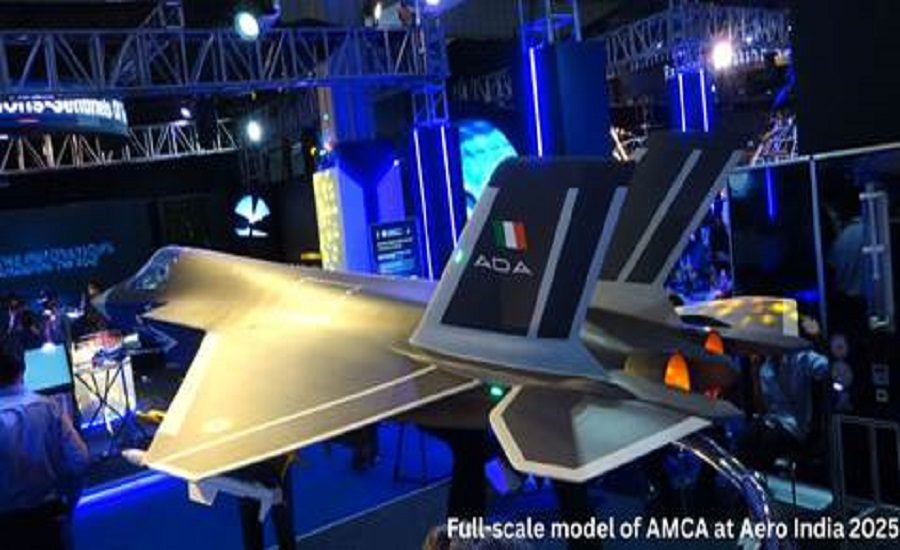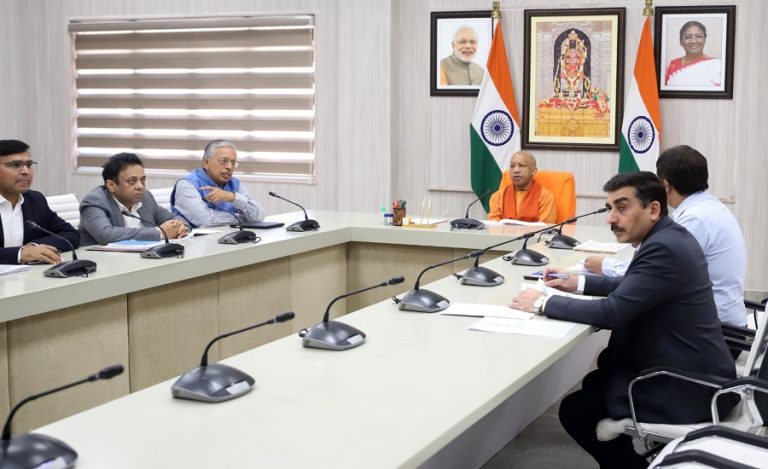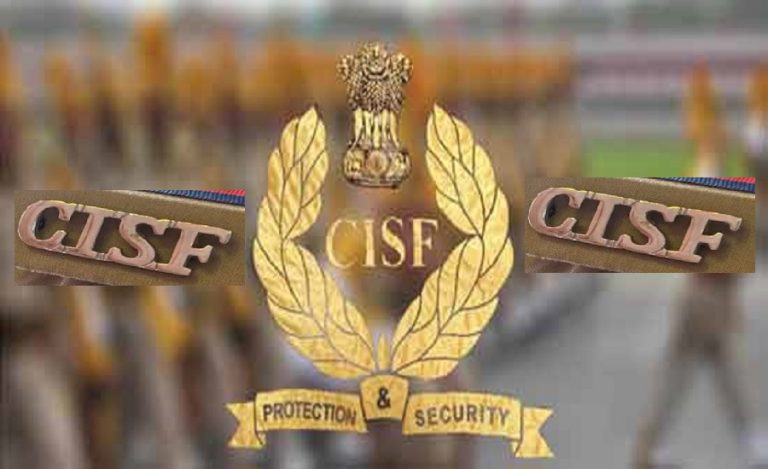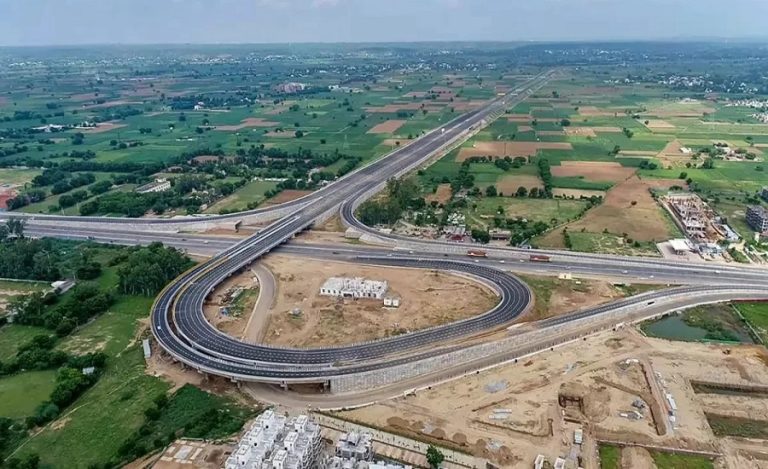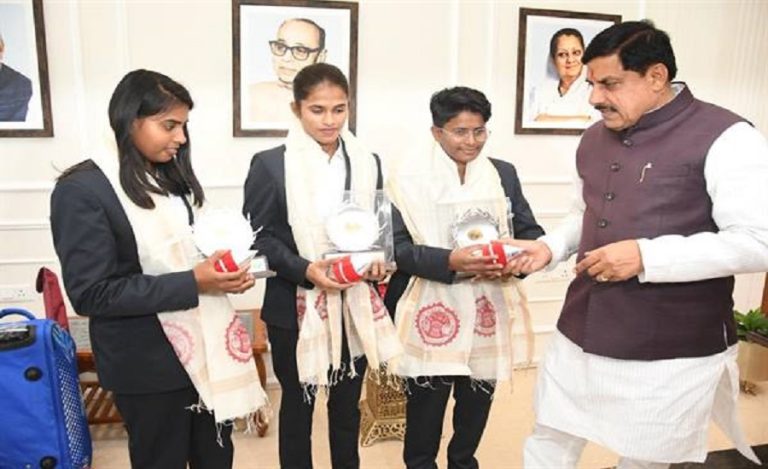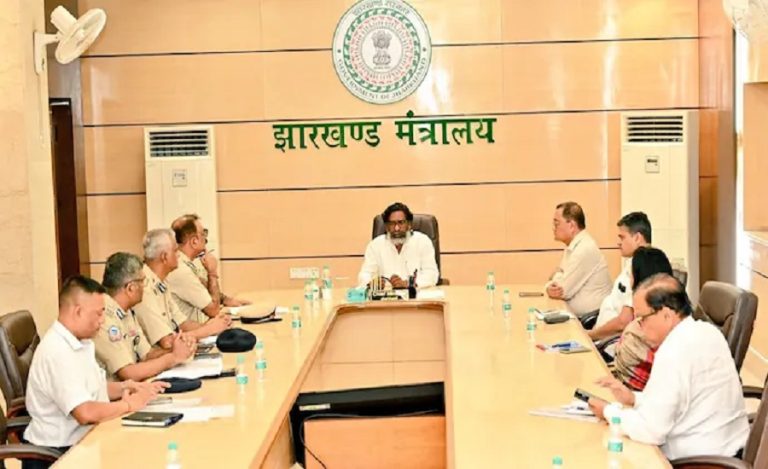New Delhi: In a major step toward India’s ambition to develop its first fifth-generation stealth fighter, Defence Minister Rajnath Singh on Tuesday approved the Advanced Medium Combat Aircraft (AMCA) Programme Execution Model. This decision is a crucial milestone in realizing India’s goal of becoming a self-reliant aerospace power and enhancing its strategic defense capabilities.
The Aeronautical Development Agency (ADA), under the Defence Research and Development Organisation (DRDO), will lead the execution of the AMCA project in collaboration with industry partners from both the private and public sectors. The move signals New Delhi’s determination to strengthen its indigenous defense industry and reduce reliance on foreign imports for next-generation military aircraft.
Key Features of the Execution Model
The Execution Model approved by the Defence Ministry is structured to provide equal opportunities for both private and public sector entities to participate in the AMCA development process. Companies will be able to bid independently, or form joint ventures or consortia to take part in the project. The criteria for participation require that the bidding entities be Indian companies that comply with local laws and regulations.
This open and competitive approach is designed to leverage India’s growing private aerospace capabilities, creating a robust partnership between state-run and private industries, which will ensure the development of cutting-edge technologies for the AMCA. ADA will soon issue an Expression of Interest (EoI) for companies to participate in the AMCA Development Phase, marking the beginning of the program’s next phase.
What is the AMCA?
The AMCA is poised to be India’s answer to next-generation fighter aircraft technology, expected to rival some of the most advanced fighter jets in the world. The fifth-generation stealth fighter will be equipped with state-of-the-art technologies like sensor fusion, internal weapons bays, supercruise capability, and advanced avionics – all crucial components that will enhance India’s air superiority in both peacetime and conflict scenarios.
Once operational, the AMCA will dramatically strengthen India’s aerial defense capabilities, ensuring that the country is equipped to defend itself in a rapidly evolving geopolitical landscape. It will also become a vital component in India’s strategic efforts to counter adversaries in high-threat environments where air superiority will be a key factor.

Aatmanirbharta in Aerospace
The development of the AMCA is a significant step in India’s pursuit of Aatmanirbharta (self-reliance) in the aerospace sector. The AMCA programme aims to develop the country’s indigenous fighter jet capabilities, an area where India has long been dependent on foreign suppliers. This shift aligns with the Indian government’s vision to reduce dependence on foreign defense imports and foster innovation within the country’s aerospace sector.
The AMCA will not only be a military asset but will also serve as a symbol of India’s growing technological and industrial prowess in the global defense market.
Target Completion Timeline
The Defence Ministry’s approval also sets a clear target for the development of the AMCA: the first prototype of the aircraft is expected to be delivered by 2035. This timeline is in line with global trends, where similar fifth-generation fighters — such as the US’s F-35 and China’s J-20 — have taken over a decade to develop from inception to induction.
The AMCA will require significant advancements in areas like stealth airframe design, engine technology, propulsion, electronic warfare capabilities, and integrated battle networks. One of the most challenging aspects of the AMCA programme will be the development of its engine, which will likely be created through a joint venture with a foreign original equipment manufacturer (OEM). This collaboration aims to mitigate the risks associated with developing an indigenous engine capable of powering a fifth-generation fighter.
“We learned a lot from the Kaveri engine (used in the LCA), but now we are aiming for sixth-generation engine technology,” said DRDO Chairman Dr Samir V Kamat in a previous interview, indicating India’s intent to push the boundaries of aerospace engineering.
Advances in Directed Energy Weapons
In another major development, India has made strides in directed energy weapons (DEWs), testing a 30-kilowatt laser system that successfully neutralized drones during trials at the National Open Air Range in Kurnool. This Mk-II(A) laser system is capable of shooting down multiple drones simultaneously, marking India’s entry into the elite group of countries that have demonstrated operational high-energy laser capabilities.
This test, along with ongoing work on electromagnetic pulse and microwave-based systems, is part of a larger effort by DRDO to develop futuristic defense technologies that could revolutionize warfare in the coming decades. The focus on directed energy weapons and related technologies is seen as India’s preparation for future warfare scenarios, where electronic warfare, cyber defense, and non-kinetic combat technologies will play an increasingly prominent role.
India’s Strategic Defence Future
The developments surrounding the AMCA, along with India’s success in the DEW domain, reflect a major strategic shift in the country’s defense ecosystem. As India moves forward with multiple indigenous programs like the VSHORAD, MPATGM, and the LCA Mk II, the focus is clearly on creating a self-reliant defense industry capable of manufacturing state-of-the-art weaponry.
The AMCA, which will play a pivotal role in India’s aerial warfare strategy, is expected to help India gain strategic autonomy in the air domain. Defence analysts believe that the project’s success will be a litmus test for India’s capability to develop high-tech indigenous defense systems and challenge global aerospace powers.
The Deadline
With the formal approval of the AMCA Programme Execution Model, India has taken a major step in achieving self-reliance in aerospace technology and defense. The 2035 deadline for the aircraft’s completion is ambitious but reflects a growing sense of confidence in India’s technological and industrial capacity.
As the country prepares to build its first fifth-generation stealth fighter, the AMCA program will be closely watched as a key indicator of India’s future in the global aerospace and defense sectors. The progress of this programme will be crucial in determining India’s ability to meet its strategic defense objectives and reinforce its status as a rising aerospace power.

